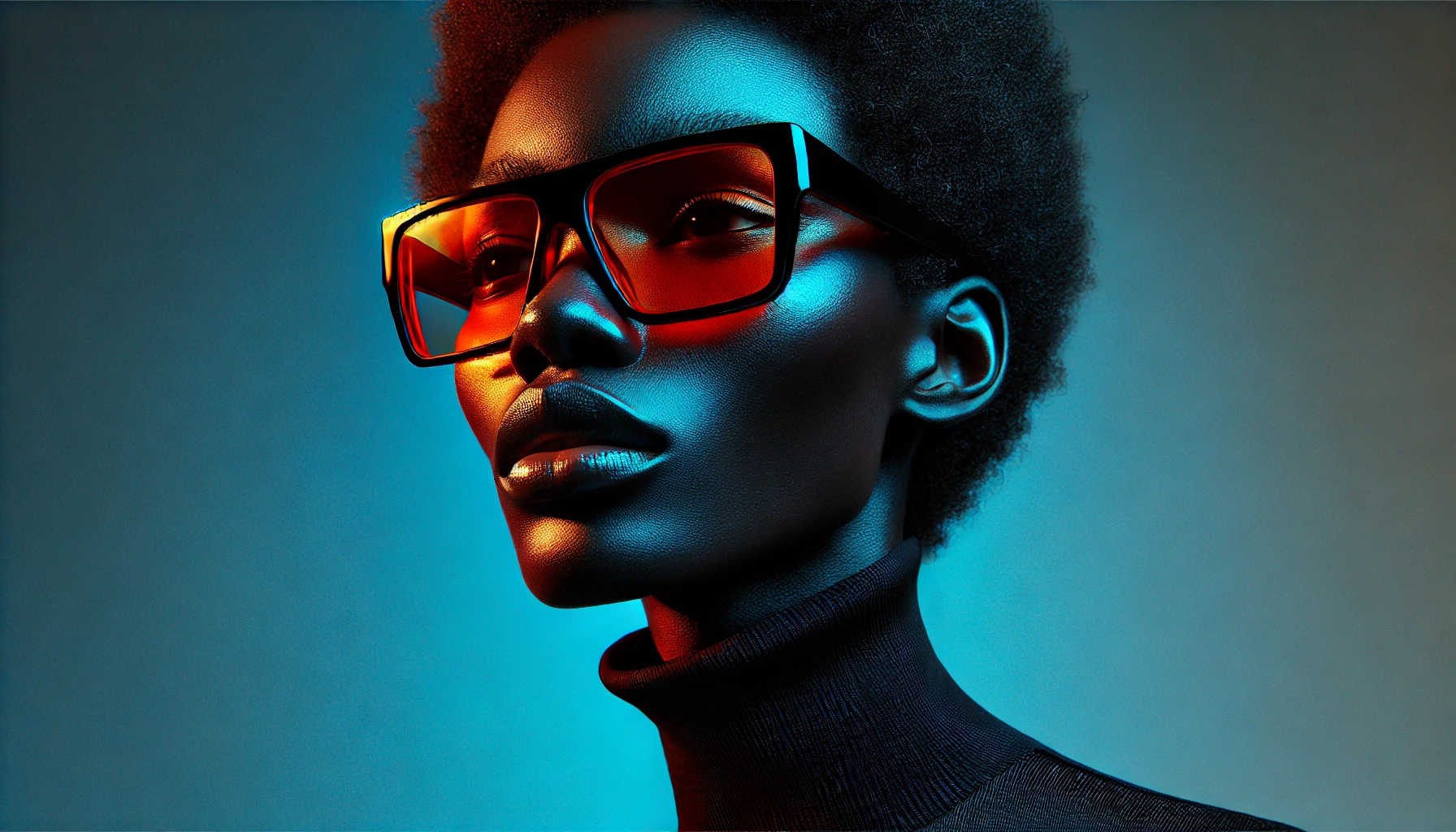

Design used to be about connection.
Design now starts with consumption.
You sit down to sketch and instead you scroll.
Dribbble. Pinterest. Awards sites. Instagram. A quick hit of dopamine before you start. But here is the catch. What you consume becomes what you create. And when everything is shiny, slick and optimised for skimming, so too is your mindset. This is the cycle of the infinite scroll.We get quick hits of aesthetics. We screenshot patterns. We tweak Figma frames. And before we know it we stop solving, we start styling.
Silent iteraters know this drift all too well. They are the ones pixel-perfecting design system atoms, pushing version after version, often not knowing where the strategy starts or ends. Design leaders you notice the output. You sense the pattern fatigue. But you are wedged between the speed of response required and the depth of thinking that is needed. Scroll culture tells us to move faster. Look slick. Keep up with the pack. And slowly, originality flattens. We make work that looks like design rather than work that just gets the job done.The infinite scroll rewards sameness. It rewards trend-chasing.
But your product doesn’t need another modish modal. It needs resonance. It needs friction. It needs thought. Here is the danger.
If your teams are only designing from what they have seen, they are not designing for what your users need.They are mood boarding the past, not designing the future. The silent iterater rarely speaks up. They just keep making. But in their mind, they start to feel further from the problem.They are iterating visuals, not value. As a design leader, your job is not to ban inspiration.But it is your job to make space for thinking before styling.To help reconnect your team with the brief before the board. To ask: Are we chasing aesthetics or solving a need?
What assumptions are we taking from others? What thinking did we skip to get here so fast? You do not need more scroll time. You need more slow time. Time to explore. Time to diverge. Time to think without an artboard in front of you.The speed of scroll might help you feel productive.
But the depth of pause is where design starts to matter again."
